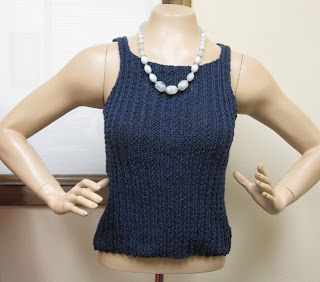There are many different ways to dye wool and this is the
method that I use. It’s entirely experiment based and nothing is measured to
the exact cup or tablespoon. Dye mediums are not always the same brand or even
a commercial product. I also dabble in natural dye stuffs, though the end
product is never as vibrant or intense as its commercial rival.
Also, there are many different fibers that you can dye
ranging from animal to plant. I will refer to fiber as wool, because in this
case and these pictures, that is what I will be using, specifically a blend of
cheviot and merino sheep’s wool.
The basic materials needed for dyeing are: gloves, mason
jars and lids, dye (liquid, powder, or natural materials), mordant (vinegar or
lemon juice), wool, and hot water.
To begin, put your gloves on and start adding your dyes to
the mason jars. Mix colors at will. I usually try to at least cover the bottom
of the pint and a half jars and maybe a little more in the half gallon jars.
Then I add the vinegar, which looks to be about 1/8 cup for pint and a half
jars and ¼ cup for the half gallon jars.
In the yellow jar, I mixed liquid pink dye and powder yellow
dye. I’ll make sure to mix it really well in the next step.
Have your clean wool ready. Fluff it apart and try to get as
much natural debris out as possible. More will come out when you card your
fibers and even when you spin and knit the yarn.
Fill your jars with a quarter to third of the hottest water
possible. I use my teakettle to boil the water. Add wool and cover with lid. If
you overstuff the jar, the dye may not penetrate as desired. You can let it sit
for a couple of hours or up to a day. The longer sits between adding water will
cause a stronger shade variance. Since I
use my dryer kind of light another counter top, I take advantage of the heat
that it gives off and do some laundry. This heat or any other heat source that
you could use helps to intensify the color in the wool. In the summertime or
really hot days, I let the jars sit in direct sunlight for as long as possible.
Later, add a third to a quarter more water. Pour the water
down the side of the jar as much as possible and not on top of the wool. Cover
your jars. In this stage I like to tip the jar upside down, only until all the
bubbles have stopped, to soak the rest of the wool. It may or may not start to
seep into the un-dyed wool, but all your wool is soaking up water now. You can
make sure the color bleeds in the last step.
The next step you will add a final third or another quarter
of hot water. If this is your last step, you can tip the jar over and let it
sit upside down for 5-10 minutes. It’s ok to move the jar around to disperse
the dye more. Repeat this step again if
you were adding water in quarters. You can add water in whatever increment you
would like to create even more variegated shades.
Next you will want to rinse the dye out of your wool. You
may need to repeat the rinsing step one to two more times if your wool is
really saturated. Remember to only use cold water in this stage. Wait for your
jar, water, and wool to be totally cooled (room temperature) before rinsing.
Refer to this video for rinsing and drying your dyed wool. Don't forget your gloves!
If you feel that your fibers are too dry or brittle from the
dye or mordant, add a little wool rinse (like Eucalan) or hair conditioner to
your final rinse. Most animal fibers are follicles just like human hair and
need a little moisture to sit, stay, lay down and roll over.
It will take a day or two for your wool to dry, depending on
the time of year and humidity. Again, I use my dryer to my advantage and let it
help me dry my wool faster. I always have a towel folded underneath the wool as
a barrier and to help soak up the dripping water. Once dry, you should card the
fibers to prepare for spinning into yarn or felting.







































